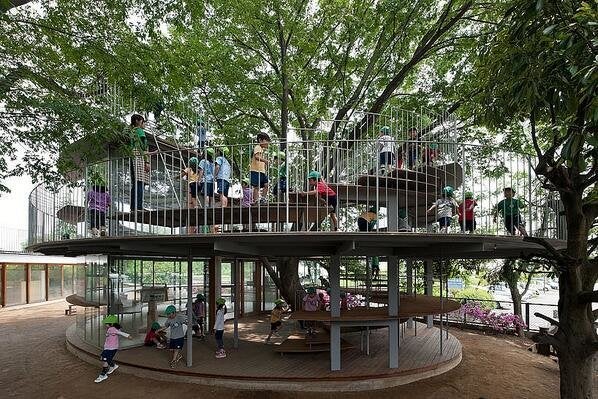
MAPUTO -- Girls should be right at the center of the upcoming Oslo Summit on Education for Development. I applaud Norwegian Prime Minister Solberg's determination that we must do more to ensure every girl will be in school and learning by 2030.
During the fifteen years of the Millennium Development Goals, we have made advancements to narrow the gap between girls' and boys' enrollment. According to UNESCO, more than 20 million girls are now at school. But we have failed to do enough to address the injustices that have marginalized millions of girls in some of the most troubled areas of the globe.
On the eve of the Sustainable Development Goals, which will take the place of the MDGs at the end of the year, we still have over 30 million girls out of primary school, most of them in the poorest and most rural areas where discrimination makes it nearly impossible for them to reach their potential. We have girls and young women who suffer most in conflict areas because of not only being denied education, but also subjected to exploitation, trafficking and abuse. Indeed half a million girls are trafficked each year. And we have 15 million girls forced into lives of early marriage and many more condemned to exploitative child labor.
"We still have over 30 million girls out of primary school, most of them in the poorest and most rural areas where discrimination makes it nearly impossible for them to reach their potential."
In sub-Saharan Africa, only 20 percent of poor rural girls complete primary education and fewer than 10 percent finish lower secondary school. The largest gender gaps are in west and central Africa, where 77 girls are enrolled in secondary school for every 100 boys. But all too often your opportunity depends on your family income or lack of it. In some poor countries, nearly 100 percent of girls in the wealthy, most prosperous regions can read, but just two percent of the poorest girls in the most marginalized areas.
Conflict has exacerbated disparities, recently with an alarming increase in targeted attacks on girls' schools, making parents afraid to send their daughters to receive an education. As the number of emergencies rises, girls are placed in even more danger. In Nepal, about 10,000 girls are trafficked each year. And now the many girls out of school following the recent earthquake are adding to that wholly unacceptable figure. Girls are being exploited at an astronomical rate. In Syria and the surrounding region, girls are not in school and the child marriage rate is surging over 30 percent in some areas as a matter of protection. These girls are part of the 38,000 married as children each day and locked out of education. During the Ebola crisis, with five million children not in school, it was girls who suffered most. Out of school, violated, and now pregnant girls are no longer able to return to school even though they have reopened.
"In Nepal, about 10,000 girls are trafficked each year."
We know that when we have educated girls we have better health, more employment, more income and wealth and more equitable societies. It is estimated that some countries lose more than $1 billion a year by failing to educate girls to the same level as boys. So we must act decisively. The Global Humanitarian Fund for Education in Emergencies will help us protect girls. We need to do more for all marginalized girls by investing and promoting early childhood development and better nutrition, and improving access to better learning and completion in primary, secondary and beyond. Only through this greater investment in education can we change attitudes, end discrimination and ensure that every girl -- and boy -- has the opportunity to thrive.
Now is the time.
